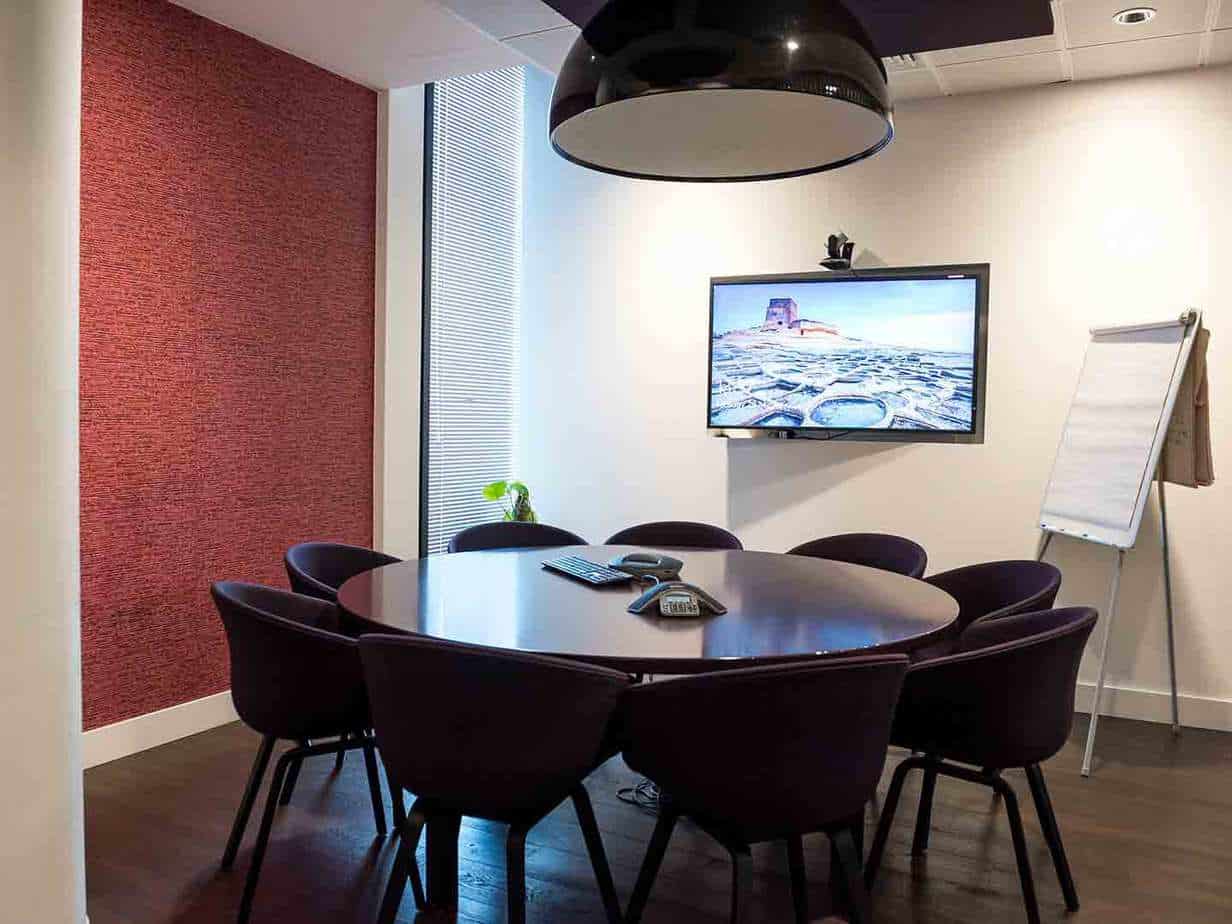
Managers have been focusing on meeting management in recent years. They know they can improve productivity and increase employee engagement by actively managing their meetings. They should also be asking themselves how they can optimize for what employees want out of meetings.
Meeting Length
Marcel Schwantes, in an Inc. column, does a nice job of summarizing big data collected by Fuze on meetings at U.S. businesses. Fuze analysts found that the average length of a meeting in the U.S. is 41.2 minutes. The average meeting time across all industrialized nations is just over 39 minutes. These days, an increasing number of meetings consist of both onsite and offsite workers. In meetings that exceed one hour, you’ll find that 26% of online attendees will leave the call. If you find attendees are dropping off a meeting call, find ways to shorten the time period.
More organizations are now conducting business calls that involve a global workforce. When scheduling your meetings, be sensitive to the time zones for each participant. There may be no way to avoid requiring some participants to sign on for a call in the very early morning or in the evening. And in some cases, these participants may be scheduled for back-to-back online calls. You can increase participation and engagement by scheduling meetings so they end at 25 minutes past the half hour or 55 minutes past the hour. This strategy gives participants a few minutes to take a break, grab a beverage and organize for the next meeting.
Meeting Content
Data in the Fuze Communications Index is based on an analysis of about 2.5 million meetings. Researchers found that 82% of meetings are attended by workers under age 24, while only 75% of meetings have attendees over age 55. Analysts believe these stats make sense. Younger workers are in learning mode. They may need to attend to more meetings to understand how their department, industry and company work. Older employees already possess this knowledge. They may want to escape yet another overview of a product they’ve been working with for years. This trend could be a clue for you to allow your more senior employees to skip meetings when you’re orienting new employees to how your product line works.
We can't escape the need for meetings. But we can focus on ways to make them more appealing to our increasingly diverse workforce.
